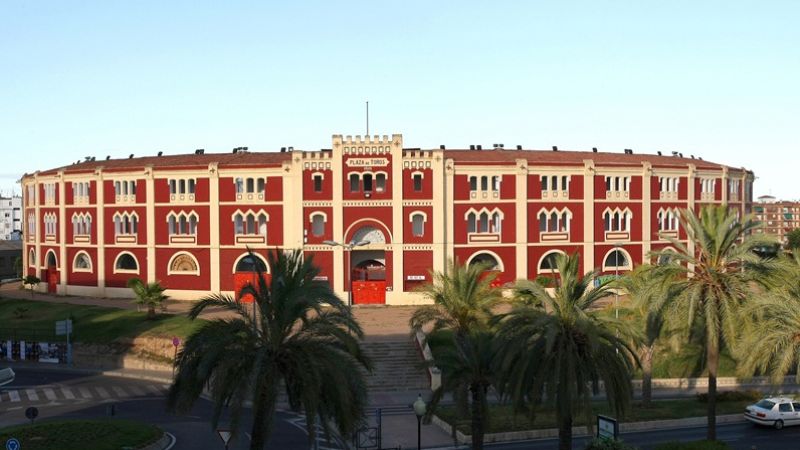
The Bullring of Mérida, located on the Cerro de San Albín, is much more than a simple bullfighting arena. This multifaceted venue represents a mosaic of Spanish culture, while reflecting the rich history and traditions of the city of Mérida.
In this article, we will explore the history, architecture, and cultural significance of this emblematic monument.
Historical Context of Bullfighting Tradition in Mérida
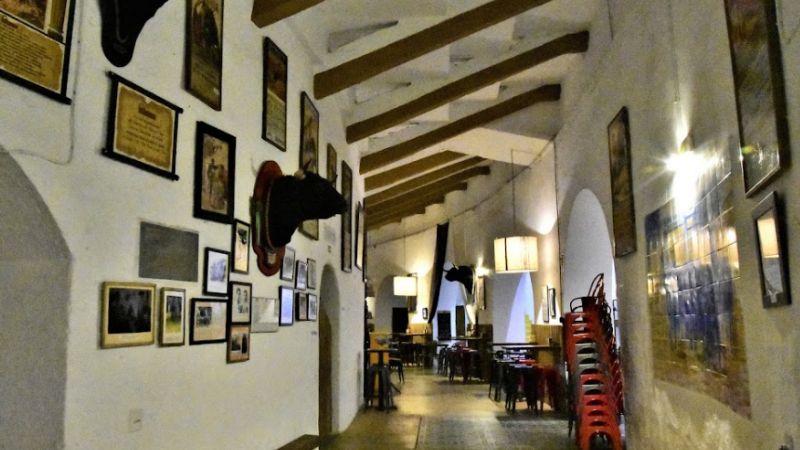
Mérida has enjoyed a rich bullfighting history that dates back centuries. Capeas, or informal bullfights, have been an integral part of the city’s social and cultural life since medieval times.
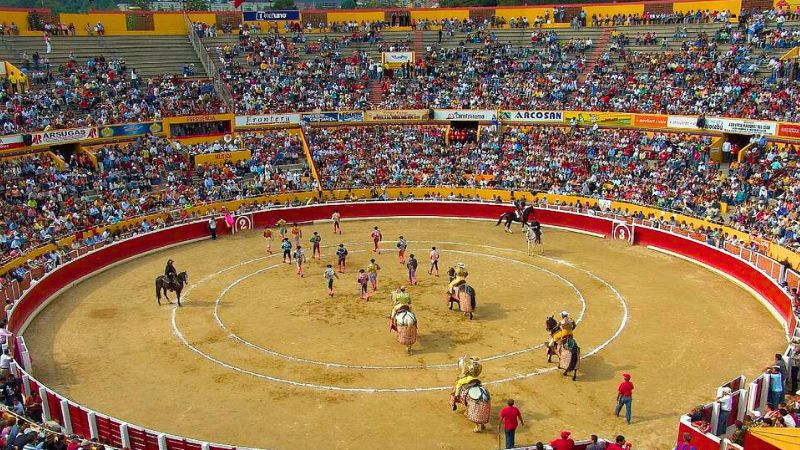
The main square used to be the setting for various bullfighting celebrations until the end of the 18th century. Even the Roman Theatre, another iconic monument of Mérida, served as a venue for bullfighting events for a period.
Construction and Development
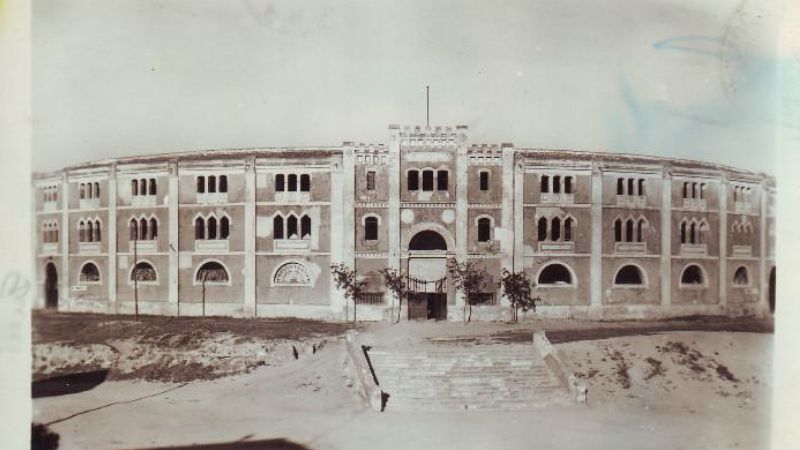
The Bullring of Mérida that we see today is the result of several attempts to establish a space dedicated to bullfighting. It was in 1902 when the foundations for a “monumental” arena were laid, coinciding with the industrial and commercial boom that the city was experiencing due to the development of the railway.
The project was led by the Sociedad Taurina Extremeña, and the selected lands belonged to Fidel Macías, which were then used for barley cultivation.
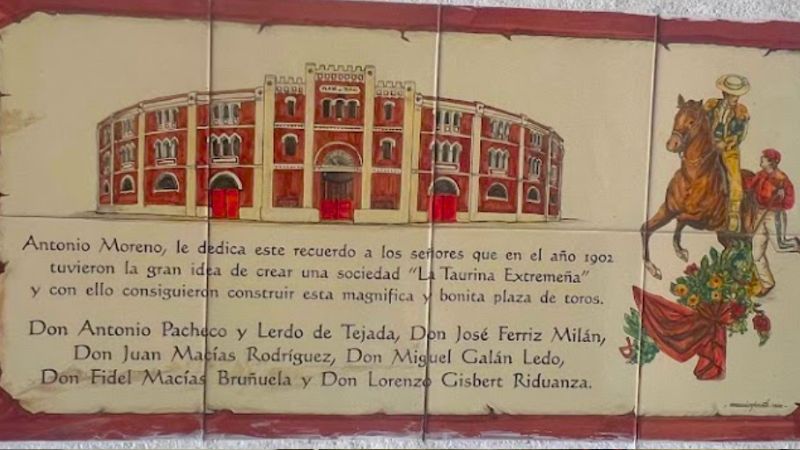
A fascinating aspect of the construction was the discovery of a deposit of Roman sculptures during the leveling of the land, highlighting the archaeological richness of the area. The works were completed in 1914, and the arena was inaugurated on July 5th of the same year.
Architecture and Design
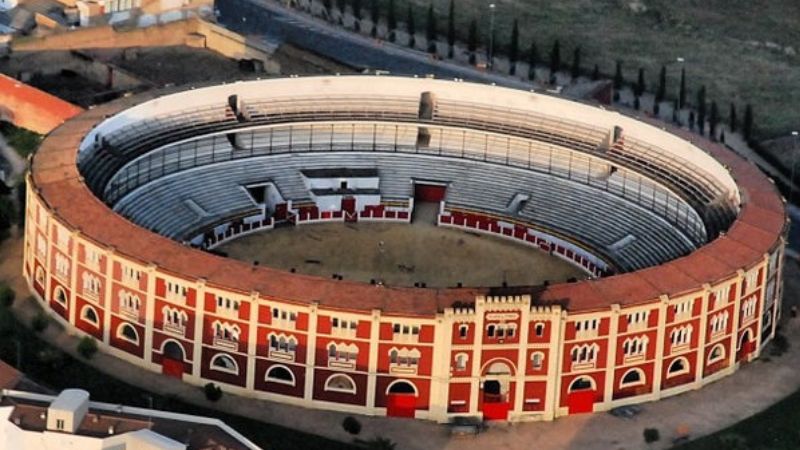
The architectural design of the arena is the work of Ventura Vaca, and is notable for its fusion of styles.
The structure incorporates elements of neo-Mudejar architecture and iron architecture, being a unique manifestation of modernism in Extremadura.
The building is detached and circular, with all its walls being load-bearing. The facade details include a rich range of colors, a tripartite main entrance, and a design inspired by the Arab world.
The arena has three floors, corresponding to the stands and two covered bleachers. Inside, the arena offers a seating capacity of 8,700, as well as facilities like corrals, pens, infirmary, and chapel, among others.
Cultural and Social Importance
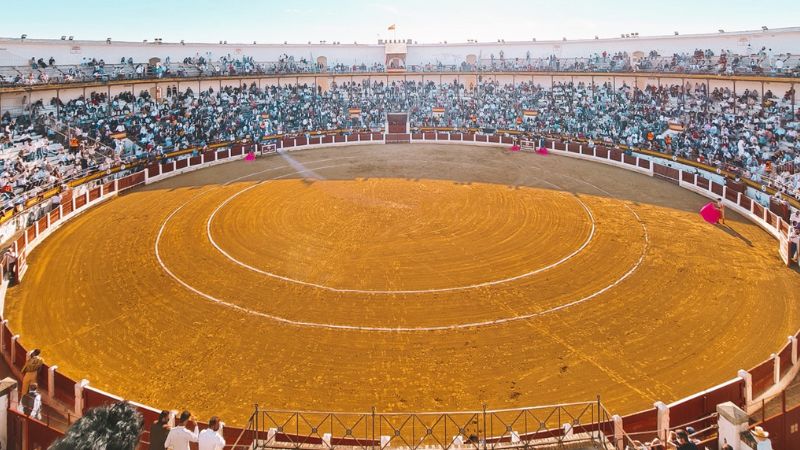
This bullfighting arena has been more than a place for bullfights.
During the Spanish Civil War, the arena temporarily served as a concentration camp due to the inability of the city’s Artillery Barracks to handle a large number of prisoners.
In the bullfighting realm, the arena has been the scene of countless important events and has seen great figures of bullfighting pass through.
Its classification as a second-category arena since its inauguration highlights its importance in the bullfighting world.
More of Merida’s historical heritage
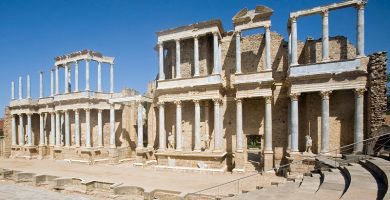
Roman Theater of Merida
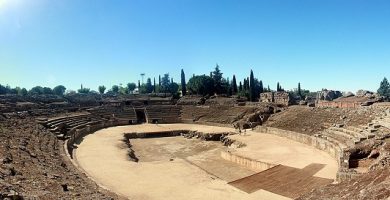
Mérida Roman Amphitheater
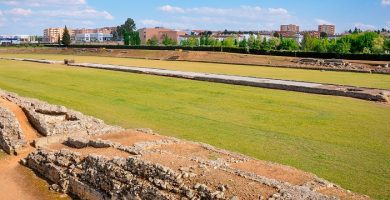
Roman Circus of Merida
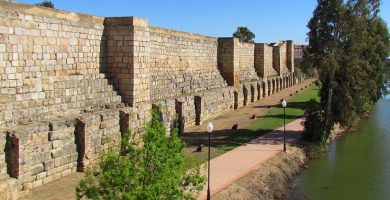
Moorish Alcazaba of Merida
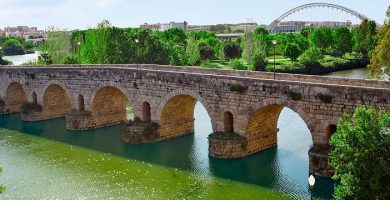
Roman Bridge of Merida over the Guadiana river
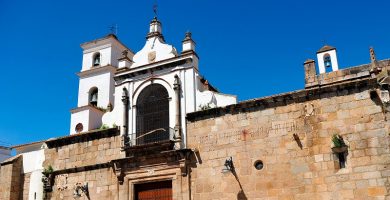
Co-cathedral of Santa María la Mayor of Mérida
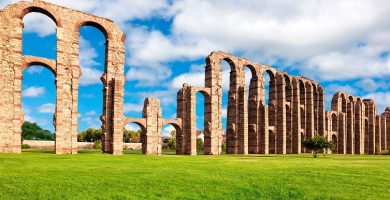
Los Milagros de Merida Aqueduct
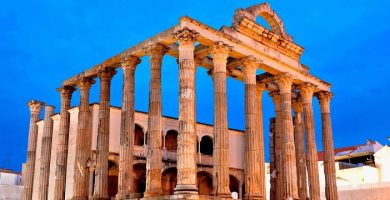
Roman Temple of Diana in Mérida
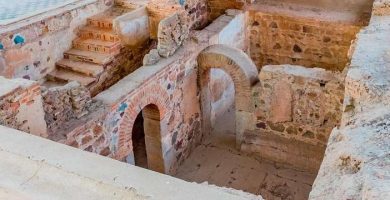
Casa del Mitreo House in Mérida
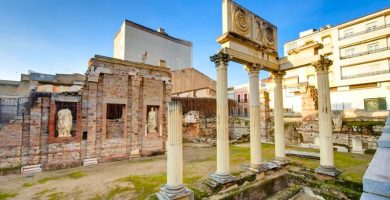
Portico of Merida’s Municipal Forum
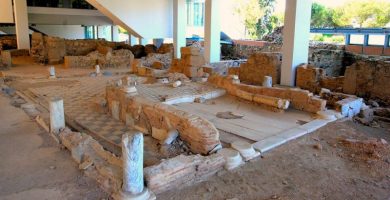
Morería de Mérida Archaeological Site

Plaza de España in Mérida
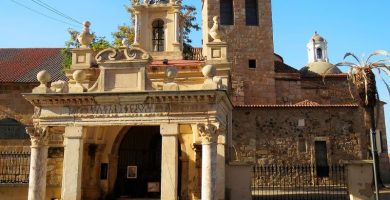
Basilica of Santa Eulalia in Mérida
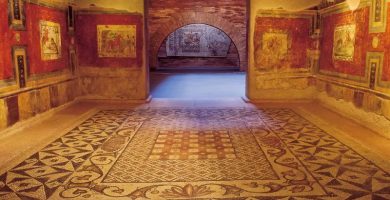
National Museum of Roman Art of Mérida
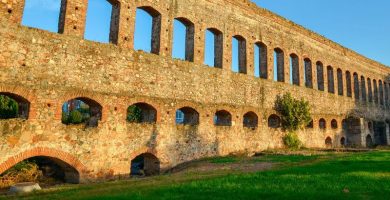
San Lázaro Aqueduct in Mérida
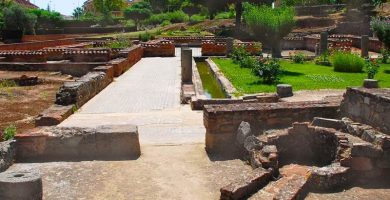
Merida Amphitheater House
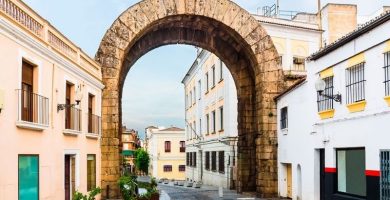
Trajan’s Arch of Mérida
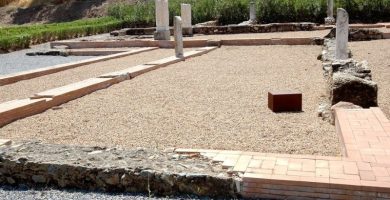
Mérida’s Xenodoquium
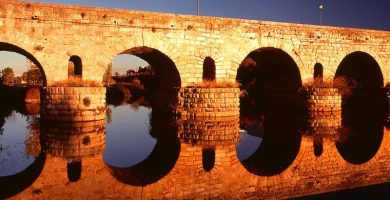
Roman Bridge over the Albarregas
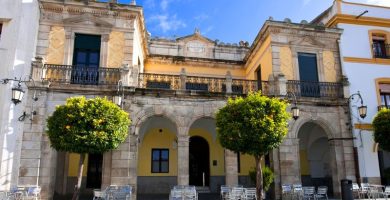
Círculo Emeritense in Mérida
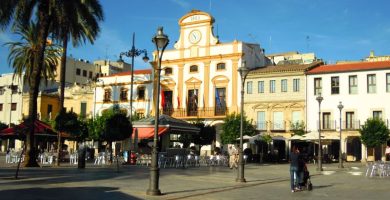
Mérida City Hall
